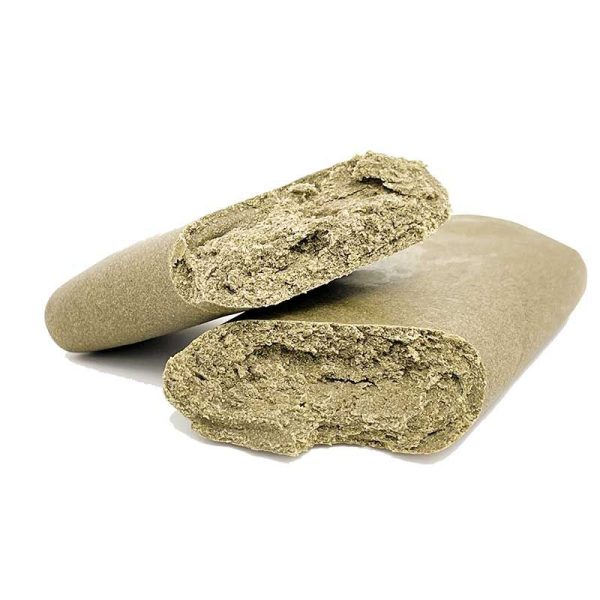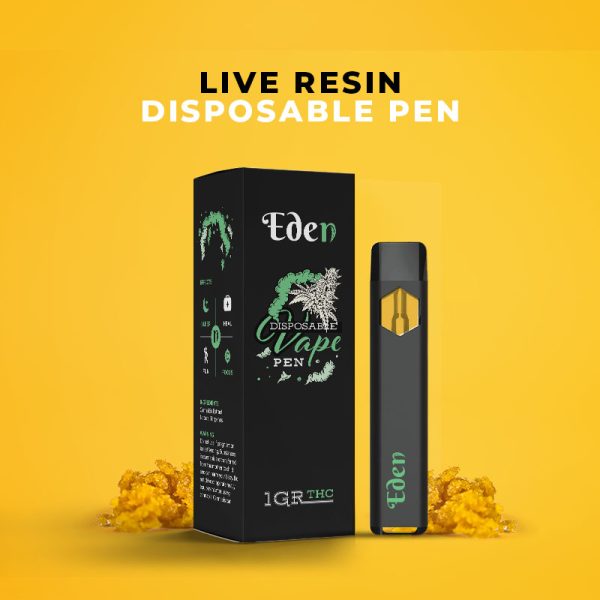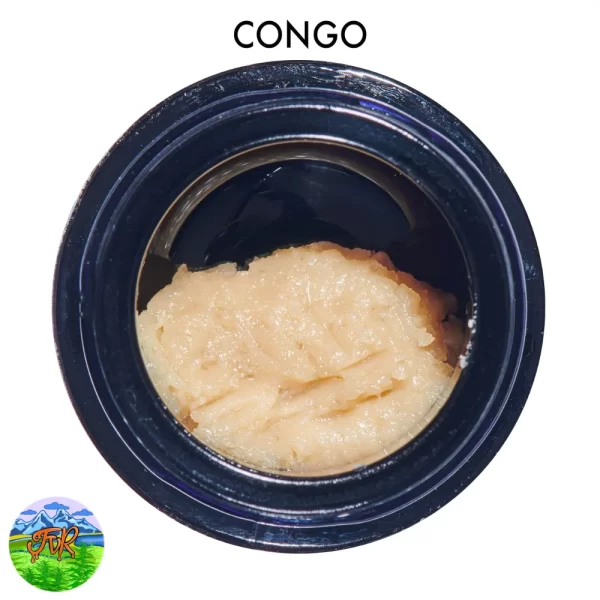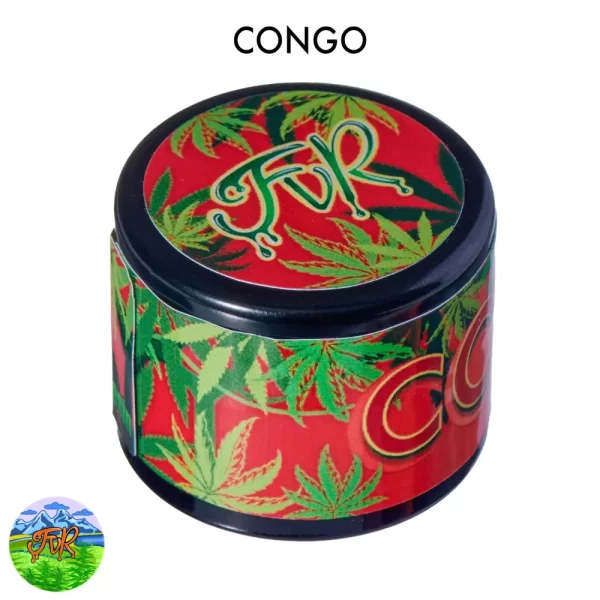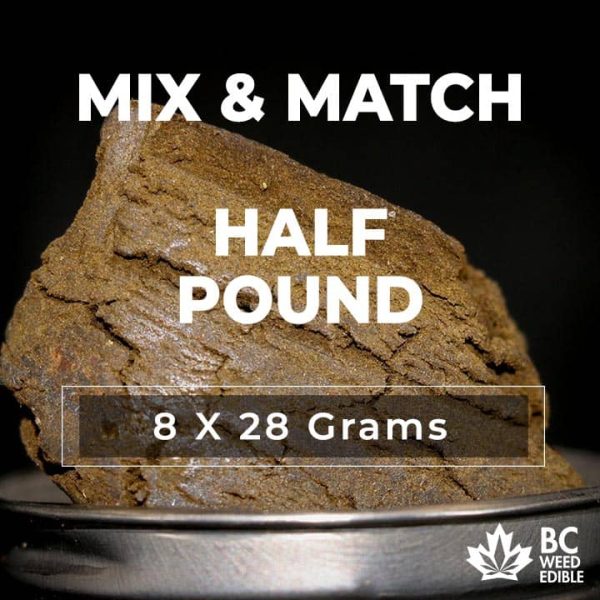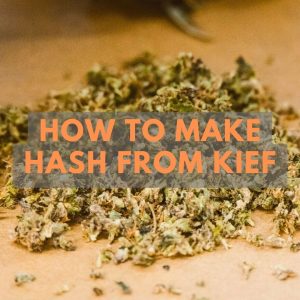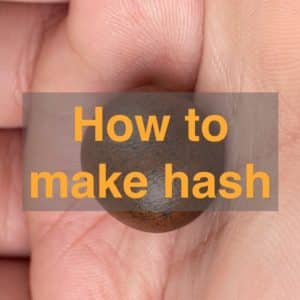Decarboxylation, often referred to as “decarbing,” is a crucial and final step in the process of activating the cannabinoids in cannabis, including hash. This transformation is necessary to unlock the full potential of hash’s therapeutic and psychoactive effects when consumed.
Decarboxylation should be done once your bubble hash finishes it’s drying process or when it’s time to make bricks with your dry sift kief. Wether you used Dry Freezer or Cold Room process. In this article, we will delve into 3 different ways of decarbing hash and explore how it affects the overall quality and experience of consuming hash.
Understanding Decarboxylation
Before we dive into the how-to, let’s briefly explore the science behind decarboxylation. Raw cannabis, including hash, contains cannabinoid acids like THCA (tetrahydrocannabinolic acid) and CBDA (cannabidiolic acid). These compounds are not psychoactive and need to be converted into their active forms, THC (tetrahydrocannabinol) and CBD (cannabidiol), through a process known as decarboxylation.
Decarboxylation occurs when cannabis is exposed to heat, causing a chemical reaction that removes a carboxyl group from the cannabinoid acids. This process typically involves a temperature range of 220°F to 245°F (105°C to 118°C) and is essential for making cannabis products like edibles, tinctures, and topicals.
How Long should I Decarb my hash?

The time required for decarboxylation of hash depends on the temperature used. Higher temperatures will result in a faster process, while lower temperatures require more time. Here are some examples:
- High temperature (e.g., 265°F/130°C): If you choose to decarboxylate your hash at a high temperature, it will take less time, typically around 10minutes. However, this may result in some loss of flavor and aroma.
- Moderate temperature (e.g., 250°F/120°C): Decarboxylating at a moderate temperature will require a bit more time, usually around 25-30 minutes. This temperature range helps preserve more of the delicate terpenes and aromatic compounds.
- Low temperature (e.g., 200°F/93°C): Opting for a lower temperature will extend the decarboxylation process. It may take around 50-60min. While this preserves the flavours and aromas to a greater extent, it requires more patience.
3 Ways to Decarb Your Hash
Oven
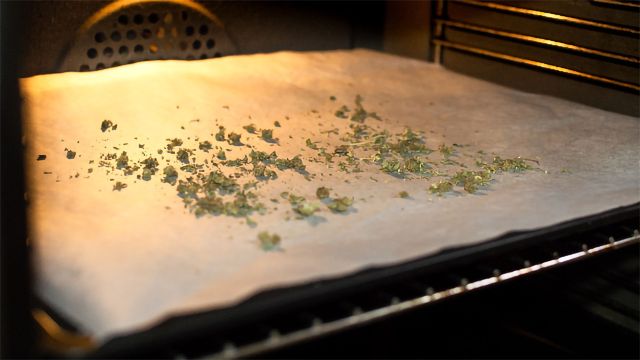
While there are various methods to decarb hash, one commonly used approach is using an oven. Here’s a brief guide on how to use an oven to decarb your hash:
- Preheat the oven: Set your oven to a temperature of around 220-240°F (104-116°C). This temperature range is considered ideal for decarboxylating hash.
- Prepare the hash: Break down your hash into small, manageable pieces. This will help ensure even heating during the decarbing process.
- Place the hash on a baking sheet: Line a baking sheet with parchment paper and spread out the hash evenly. Avoid stacking or clumping it together to promote uniform heat distribution.
- Bake the hash: Put the baking sheet with the hash into the preheated oven. Allow it to bake for approximately 30-45 minutes. Keep a close eye on it to prevent overheating or burning.
- Monitor the color and aroma: As the hash decarbs, it should change in color from dark green or brown to a slightly lighter shade. You might also notice a distinct herbal aroma.
- Remove from the oven: Once the desired decarboxylation has been achieved, carefully remove the baking sheet from the oven. Let the decarbed hash cool down completely before storing it.
Hot Bottle of Water

One unconventional approach that some people have explored involves using a hot bottle of water. Here’s an overview of this method:
- Fill a bottle with boiling water: Start by filling a heat-resistant bottle with boiling water. Make sure to use caution while handling the hot water to prevent any accidents or injuries.
- Place the hash in a bag or pouch: Place the hash in a heat-safe bag or pouch. This will help protect the hash and prevent direct contact with the hot bottle.
- Work the hash: Use the hot water bottle as a rolling pin and gently work the hash inside the bag, mimicking the action of rolling dough. This process helps evenly distribute heat and promote decarboxylation.
- Once Melt repeat the process: the water bottle will melt the trichomes of the plant, this is when you start getting real hash. However, you need to fully melt the hash 3 times 15min (for full decarb). Simply open the pouch after 15min, work the dough a bit and restart the process.
- Remove the hash and allow it to cool: Carefully remove the bag once the desired decarboxylation has been achieved and roll your hash into AAAA Nepalese Temple Ball Hash. Allow the hash to cool completely before using it or storing it.
Hot Press
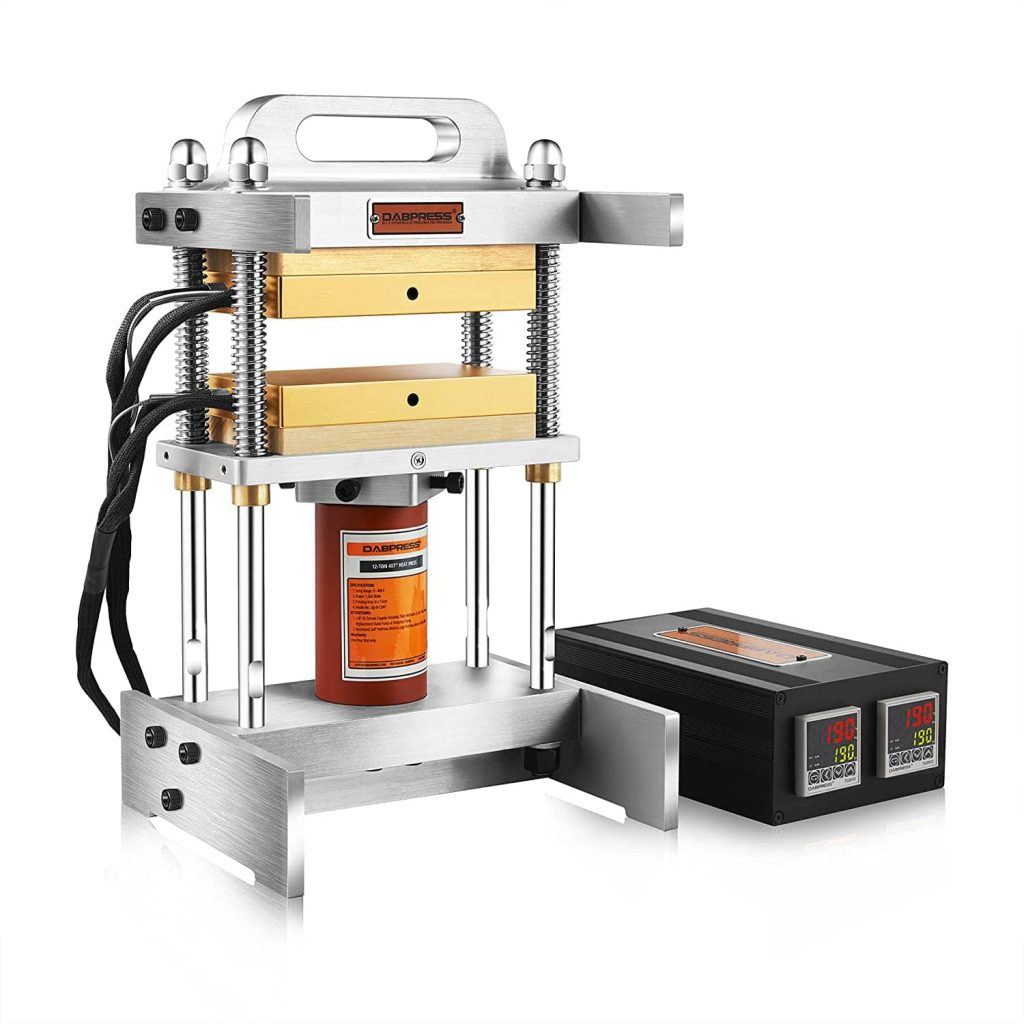
The process involves applying heat and pressure to the hash to initiate decarboxylation. Here’s an overview of this method:
- Set up the hot press: Place your hash on your hash mold, ensuring that it is evenly distributed. Preheat your hot press to a specific temperature, typically ranging from 190°F to 230°F (88°C to 110°C).
- Apply pressure and heat: Once the hot press has reached the desired temperature, carefully place the mold with the hash inside. Close the press and apply gentle pressure (1-2 ton is enough). Maintain this pressure for a specific duration, usually ranging from 20-45 minutes.
- Remove and cool the hash: After the designated time has passed, open the hot press and remove the decarbed hash from the mould. Allow it to cool completely before handling or using it.
Tips and Considerations
- Consistent Hash Quality: The quality of your hash will affect the decarboxylation process. High-quality hash will yield better results.
- Temperature Control: Maintaining a consistent temperature throughout the decarboxylation process is crucial. An oven thermometer can help ensure accuracy.
- Time Variations: The recommended decarboxylation time can vary based on factors like hash type, moisture content, and personal preference. Some sources recommend shorter or longer times, so experimentation may be necessary to find your preferred decarbing duration.
- Even Distribution: Ensure the hash is spread evenly on the baking sheet or hash mould to promote uniform decarboxylation.
FAQ
It’s not recommended to use a microwave, as it may heat unevenly. Stovetop methods are possible but require precise temperature control and monitoring.
Yes, decarboxylation is essential when making cannabis-infused edibles. Without it, the edibles may not have the desired potency.
Yes, over-decarboxylation is possible, which can lead to the degradation of certain compounds and a loss of flavor and aroma. It’s essential to follow recommended temperature and time guidelines.
While an oven is the most common method, some people use specialized decarboxylation machines or sous-vide techniques for more precise control.
While the decarboxylation process is consistent, the cannabinoid content of different strains may vary, leading to variations in the final potency of your decarboxylated product.
You can use decarboxylated cannabis directly in recipes, but infusing it into oil or butter can help distribute the cannabinoids more evenly and enhance the flavor.
Final Thoughts
Decarboxylating hash is a vital step to maximize the potential benefits and effects of your cannabis products. By following this comprehensive guide, you can confidently decarb your hash at home, allowing you to explore various consumption methods and enjoy the full spectrum of cannabinoids that this concentrated cannabis product has to offer. Remember to always consume responsibly and in accordance with your local laws and regulations. if you chose to decarb your hash with the oven method you might want to take a look at How to Press Hash? 3 Ways You Can Try.


